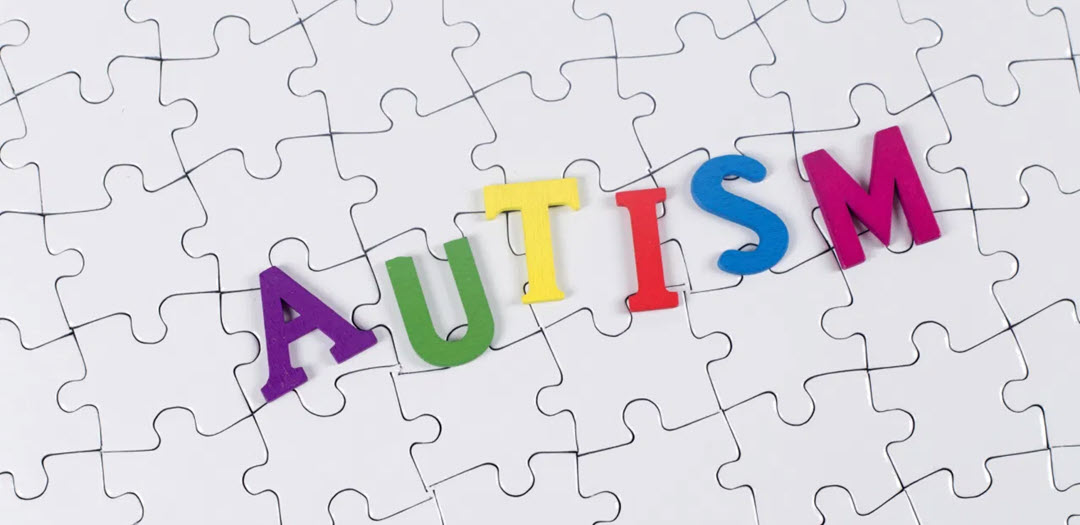So what exactly is Autism??
Autism is defined by the 5th edition of the Diagnostic and Statistical Manual of Mental Disorders (American Psychiatric Association, 2013) as a spectrum disorder that is characterized by:
Persistent deficits in social communication and social interaction across multiple contexts. This may be observed as difficulty with some or all of the following: initiating or sustaining an interaction with others, making eye contact, imitating peers, and/or understanding social norms.
The presence of restricted, repetitive patterns of behavior, interests, or activities. This might look like hand flapping, object flicking, repetitively using objects, lining objects up in a row, and/or spinning objects. Repetitive patterns of behavior can also refer to the strict adherence to routines and an interest in maintaining sameness.
Autism is considered to be a spectrum disorder because the symptoms can range greatly in severity and intensity. Most commonly, the initial symptoms are noticed in children between the ages of 12 and 24 months but symptoms have been noticed later if they aren’t as severe. When the behavioral symptoms are initially recognized they can commonly present as a lack of interest in others, developmental regression, odd play patterns, and/or delayed or unusual communication.
Giving an autism diagnosis can be somewhat subjective as professionals have to rely on information from a variety of sources such as: observations, assessments, parent reports, and reports from other professionals. The information gathered is then compared to the criteria in the Diagnostic and Statistical Manual of Mental Disorders (American Psychological Association, 2013).
The diagnosis of comorbid conditions with autism are commonly observed such as Attention Deficit Hyperactivity Disorder, Obsessive-Compulsive Disorder, and anxiety disorders. In addition, language impairments are also very common for children with autism which is not surprising since language deficits are one of the core features of autism.
Look for our next post: Remediating the core symptoms of autism with ABA!
American Psychiatric Association. (2013). Diagnostic and statistical manual of mental disorders (5th ed.). Arlington, VA: Author.
Christiansen, D.L., Baio, J., Braun, K.V.N., Bilder, D., Charles, J., Constantino, J.N.,…Yeargin-Allsopp, M. (2016). Prevalence and characteristics of autism spectrum disorder among children aged 8 years- Autism and Developmental Disabilities Monitoring Network, 11 sites, United States, 2012. Morbidity and Mortality Weekly Report, Surveillance Summaries, 65, 1-23.


